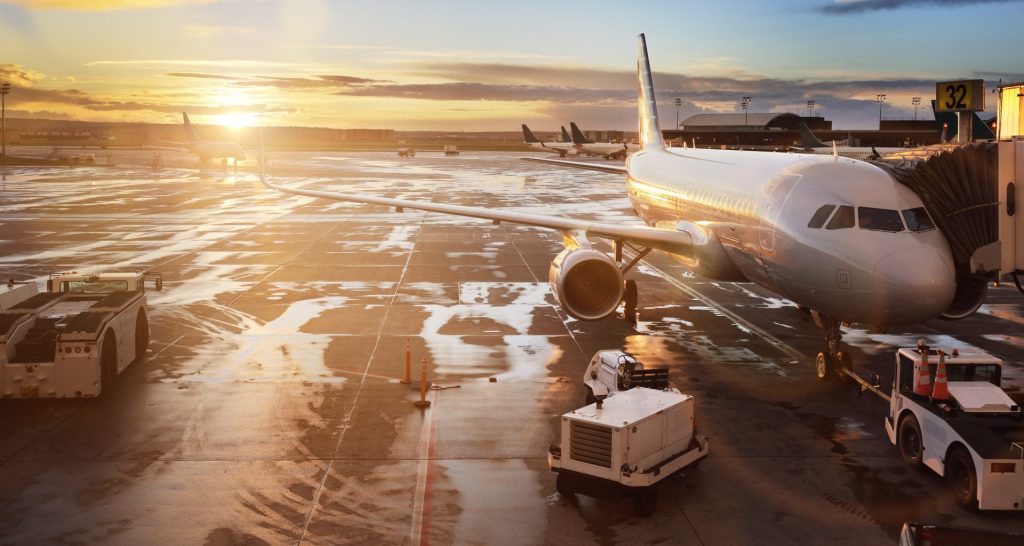An operator’s best defenses against negligence claims are legal foresight and regulatory compliance. As with most good advice, this is easier said than done. The FAA’s rules governing charter operations can be heavy, as can liability for injuries and damages.
Charter Operators and the FAA
Aviation charter businesses using smaller aircraft operate under FAA Part 135 regulations. Most private non-commercial pilots operate under Part 91. Unlike Part 91, Part 135 requires certification by the FAA and compliance with extensive safety regulations.
Private pilots can legally share certain flight expenses with their passengers if they have a “bona fide common purpose” with the passengers on the flight. If, for example, a pilot and his friends plan a vacation together, they have a common purpose for flying there, and the passengers can repay him for their share of flight expenses. See FAA AC 61-142 for more examples.
However, anyone “holding [themselves] out” as offering flights “for compensation or hire” should be certified as a charter operator. The FAA states that an operator can “hold [themselves] out” as a common carrier without actually advertising as such. Word of mouth is sufficient. See FAA AC 120-12A.
Some uncertified charter operators attempt to use paperwork to dodge Part 135, asking passengers to pay separate bills and sign papers assuming “operational control.” These tactics offer little defense. Furthermore, without specific coverage for charter operations, the aircraft’s insurer will deny coverage, exposing the operator to FAA fines and civil liability in lawsuits.
Aviation Liability and Charter Operators
Operational Control
Many charter operators are lessees, leasing their aircraft from another corporation. Federal law provides that:
A lessor, owner, or secured party is liable for personal injury, death, or property loss or damage only when a civil aircraft, aircraft engine, or propeller is in the actual possession or operational control of the lessor, owner, or secured party …
49 US Code § 44112. According to FAA regulations, “with respect to a flight, [operational control] means the exercise of authority over initiating, conducting or terminating a flight.” 14 CFR Part 1.
Who had operational control at the time of the incident giving rise to the lawsuit? This is key to determining liability. When a charter is operated under a wet lease, which provides both aircraft and crew, the lessor usually has operational control. This would apply, for example, to a group of passengers who charter a flight and leave all the details to the professionals. Part 135 in fact requires the charter operator to maintain operational control.
However, under a dry lease—a lease that only provides an aircraft—the lessee generally has operational control. Someone who leases an aircraft and then separately hires (or acts as) a pilot and crew has assumed that control. This also exposes them to liability for the flight, providing a defense for the aircraft’s lessor. However, this does not mean that the lessor can escape liability by creating a “sham dry lease,” providing the aircraft in one set of paperwork and the crew in another. See FAA AC 91-37B.
Choice of Law and Choice of Venue
After an aviation incident involving a passenger traveling within the US, a plaintiff may have the option to file suit in one of several jurisdictions: the location of the accident; the plaintiff’s residence; the state where the company is incorporated; or another state where that company does business. The plaintiff’s attorney will try to choose the “friendliest” jurisdiction—the one with the laws most favorable to the case or juries that tend to favor plaintiffs.
Contracts can specify a choice of state law and choice of venue for disputes before they arise. If these are reasonable choices for the parties, the courts will likely honor them. Where a charter’s contract did not specify this, an aviation defense attorney may still challenge the choice of law or jurisdiction of a lawsuit.
In some cases, the outcome may hinge on the choice of law or venue. For example, each state has a separate statute of limitations; in Florida, that can be two to four years, depending on the date of the incident. A defense attorney may be able to argue that the only proper jurisdiction is one where a statute of limitations has already passed.
Elements of Negligence Law
In general, a plaintiff who alleges negligence has to prove that:
- The defendant had a particular duty of care, specified by the law pertaining to their actions;
- The defendant neglected that duty and failed to act according to the proper standard of care;
- Due to the defendant’s breach of duty, the plaintiff was injured, and
- As a consequence, the plaintiff suffered the damages that they claim.
A defendant in a negligence case may claim:
- They did not have the duty of care that the plaintiff alleges;
- They did provide the proper standard of care;
- The plaintiff’s injury did not result from any breach of duty on the defendant’s part;
- The plaintiff’s damages do not reflect the injury sustained.
Furthermore, under comparative negligence laws, a plaintiff who was partially at fault for an accident may only claim reduced damages or none at all. Experienced aviation defense attorneys understand how to investigate an incident and determine where true liability lies.
Defending Your Operations
Our aviation attorneys can help you understand how to avoid litigation and heavy civil penalties. We can represent you in negotiations and, if necessary, in court or in agency proceedings. Call our Fort Lauderdale office today at 954-869-8950 to set up your free initial appointment.

 CALL US NOW
CALL US NOW






